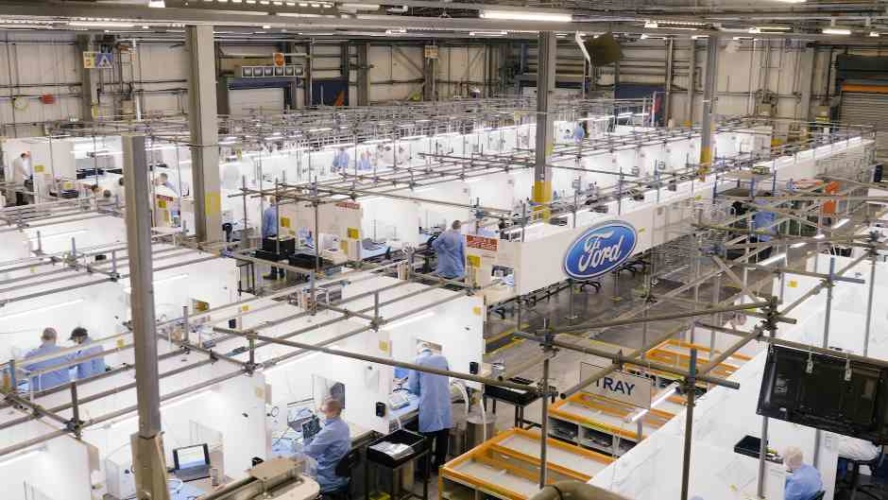
In mid-March 2020 – with UK Covid-19 cases apparently spiraling out of control - unsettling news began to emerge from the UK’s hospitals, where potentially crippling shortages of critical medical equipment threatened to overwhelm the NHS’s ability to handle the crisis.
Cue a nationwide mobilisation of manufacturers that has provided perhaps the most compelling illustration since the Second World War of the way in which engineers are uniquely well suited to address the biggest challenges of them all.
From tales of firms repurposing production lines to produce face shields for health workers; to stories of academic research groups transforming themselves into manufacturers, the engineering response to the pandemic has straddled sectors and disciplines, and spurred into action organisations of all shapes and sizes.
But arguably the most significant of these responses in terms of sheer scale, ambition and impact is Ventilator Challenge UK, a consortium of car makers, aerospace manufacturers, medical technology firms and others who have worked together to rapidly ramp up the production of the ventilators required to treat those most severely affected by the virus.
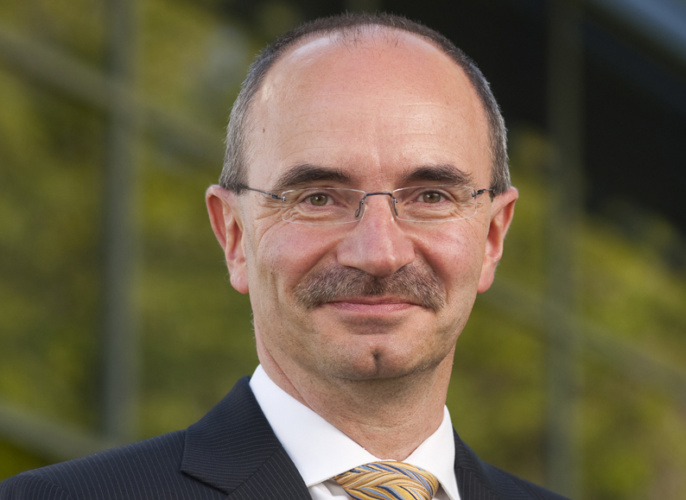
Led by High Value Manufacturing Catapult chief executive Dick Elsy, the consortium - which includes some of the biggest names in UK manufacturing (see box out below) - has achieved a scale-up that many thought impossible - producing 10 years’ worth of new ventilators in just 10 weeks.
Earlier this month (May 2020) The Engineer spoke to Elsy about the challenges of pulling together a project of this scale and how the lessons learned can help get UK manufacturing back on its feet.
Reflecting on the helter-skelter, 18 hour working days of the past few weeks Elsy said that the first seeds for the consortium were sown on March 16th when, in a call with hundreds of manufacturers, the UK government formally announced the launch of the specification for a Rapidly Manufactured Ventilator System (RMVS) that could be used in UK hospitals.
“There were more than 100 industrialists on the call,” recalled Elsy, “The cabinet office presented the spec, there was a quick Q&A and then Michael Gove said ‘right, over to you industry, we need ventilators!’”
In what he describes as the “vacuum of silence” that followed - as those on the call pondered both the complexity of the challenge and the grim consequences of failure – Elsy said his “Catapult instinct” kicked in: “I thought this is something where the HVM catapult could help bring people together.”
What’s happened over the last few weeks is a fantastic thing for industry to have done.It’s got an “engineering’s finest hour” feeling about it
He immediately started phoning around key contacts and putting the consortium’s initial building blocks in place. “Very quickly there was a core of like-minded and engaged people who were prepared to take some personal risk and prepared to take a bit of a corporate risk,” he said. “People were prepared to step up into slightly unknown territory and that formed the initial core of the enterprise.”
Over the following days, the wider consortium began to take shape as Elsy and the group assessed offers of help from across industry and assembled a team with the right blend of expertise: “We were selective about who was involved,” he said. “The entry criteria were that this wasn’t just about being a passenger. It was all in!”
Very quickly, a palpable sense of shared purpose kicked in. “There was no corporate posturing,” said Elsy. “There was a definite sense, because this was a national emergency, that the responsibility was quite heavy on our shoulders and that we were all in this together.”
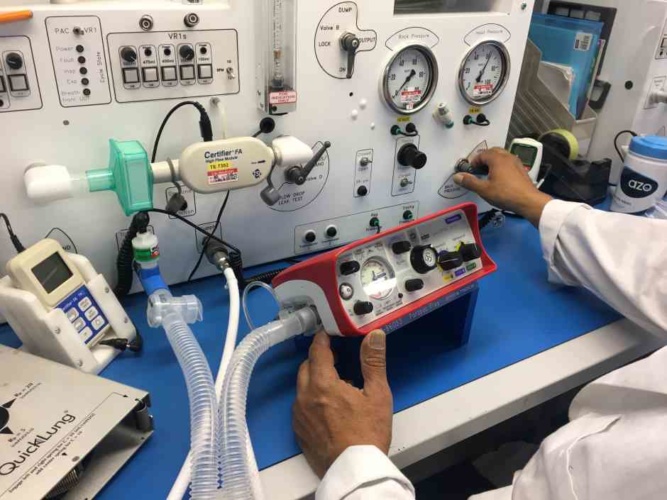
In the wake of the government’s call a wide range of groups proposed an almost dizzying array of competing ventilator designs, but Elsy’s consortium quickly decided that rather than starting from scratch, the most sensible way to rapidly meet the demand was to scale up production of existing systems: specifically the portable paraPac ventilator manufactured by Luton’s Smiths Group and the Prima ESO2, a ventilator design adapted from anaesthesia equipment produced by Oxfordshire firm Penlon.
What followed next was an unprecedented ramp-up. Existing production facilities operated by Smiths and Penlon were scaled up; seven entirely new manufacturing and test facilities were established at sites operated by Ford, Airbus, STI, GKN, Rolls Royce and Mclaren; parallel supply chains were established to source millions of components from around the world; project teams and logistics frameworks were put in place; and around 3000 individuals were trained up to carry out assembly and test of this critical life-saving equipment.
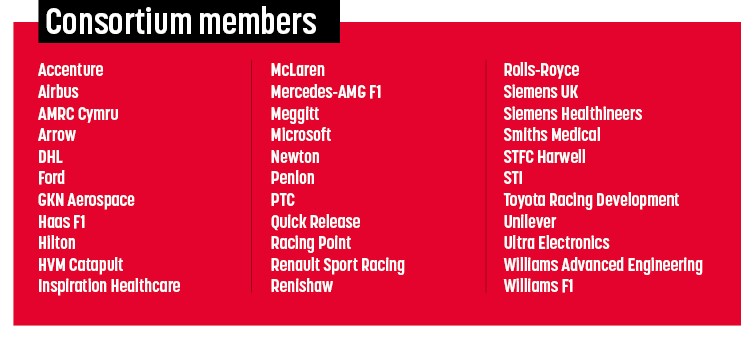
In normal circumstances Penlon and Smiths have combined capacity for between 50 and 60 devices per week. As of May 20th well over 1000 units had already been delivered to hospitals around the UK and the consortium was on track to hit production targets of 1500 units per week.
Under any circumstances this would be impressive but what really stands out is the speed of the response. And whilst being unshackled from normal business constraints has clearly helped keep things rattling along, the main factor, said Elsy, has been the pragmatic, no-nonsense spirit of the people and organisations involved. “They are engineers…. people used to putting wings on aircraft, firing cars into production and racing cars on the track. Very pragmatic people.”
Having some of the leading F1 teams on board has also helped in this regard. “We grabbed the opportunity of moving at the pace the F1 guys would move at,” said Elsy. “They lifted our spirits of doing things quickly and applying large amounts of top-quality intellectual horsepower to problems. It created an incredible sense of pace with substance behind it. We were able to achieve an enormous amount in a very short space of time which became infectious and self-fueled the process.”
At the time of writing the consortium remained focused on the task of ramping up ventilator production, but Elsy is determined that the lessons learned from the initiative aren’t lost when we finally begin to move beyond the current crisis and assess the future priorities of the UK manufacturing sector. “It’s all of our responsibilities within the consortium to use what we’ve learned to good effect, and the consortium is keen that we don’t lose the story in the fog when we all go back to work and go off motor racing or making cars or wings.”
READ MORE ABOUT THE ENGINEERING RESPONSE TO COVID-19
Many of the key lessons learned are human related, he said. “A lot of what was achieved was by having a few really good quality people doing things, empowering the right people to get together in teams to self organise and solve problems. Empowering people to make decisions and not second-guessing people.”
The project has also provided a graphic illustration of the genuine utility of remote collaboration tools. Indeed, despite mainly working from their respective bunkers, the various team members were still able to develop a strong bond. “We’ve done most of this from our laptops whilst being confined to barracks at home,” said Elsy. “It goes to show what can be done using digital tools. The fluency with which we’ve been operating this way has been quite remarkable and it makes you realise how we fill our business days with a lot of unnecessary stuff.”
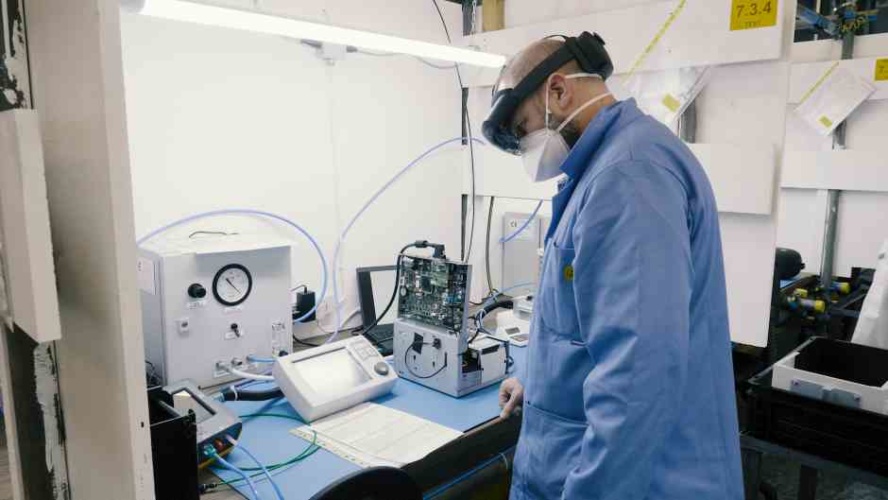
The use of digital tools was also key to overcoming what Elsy describes as one of the project’s biggest challenges: training the 1000s of people now involved in assembling and testing the extra ventilators. Whilst normally, new people would work alongside existing production staff that clearly hasn’t been possible because of the risk of spreading the virus.
To overcome this, the group tapped into expertise of researchers at two of the catapult’s centres, the AMRC and MTC and, in what must rank as one of UK manufacturing’s biggest deployments of the technology, used hundreds of Hololens 2 devices supplied by consortium partner Microsoft to train up those on the ventilator assembly lines. “We’ve got two or three years’ experience of using those tools as in process training aids and operator process support tools, and we basically deployed our knowhow from that into the program,” said Elsy.
KEY STATS
- Over 1000 devices already delivered to hospitals
- Production carried out across a total of twelve sites
- Approx 3000 people deployed
- Targeted peak production volume of 1500 ventilators / week
More generally, the project has provided a reminder of the collaborative spirit of the UK manufacturing base, and Elsy is keen that this appetite for working together is nurtured and encouraged in the months and years ahead. “The Incredible broad willingness to collaborate and do something on a national challenge has been quite extraordinary,” he said. “That spirit’s not going to go away, so the smart thing for us to do it to make real good use of that in the tough journey getting of bruised industry back on its feet.
Indeed, the spirit of a common mission will, he said, be key to addressing the challenges that lie ahead, and enabling the UK to rapidly build up its capabilities in key areas of future opportunity. “There’s no reason why we can’t do the same with the next big challenge like rising to the challenge of zero carbon suitable manufacturing. That is an enormous task. Why shouldn’t we rise to that national challenge in the same way?”
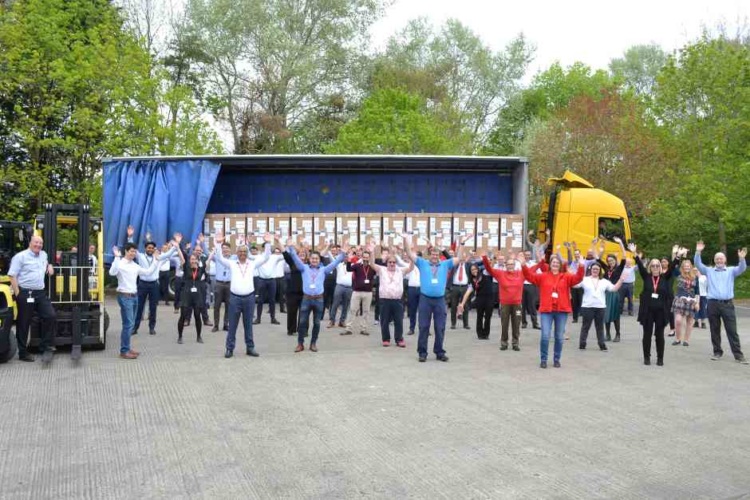
Elsy, who appears invigorated beyond even his usual levels of enthusiasm by the experience of the past few weeks, is determined to lead the catapult’s response to the challenges that lie ahead, and - to the delight of his colleagues - has cancelled a planned retirement to play a part in this recovery. “I couldn’t just go off and potter around that garden,” he said. “There’s a job of work to do to help get industry back on its feet where the catapult has a very strong role to play, so I’m determined to have a go at that.”
In the meantime he’s determined to help ensure that that the role played by engineers in the response to the current crisis is not forgotten. “What’s happened over the last few weeks is a fantastic thing for industry to have done,” he said. “It’s got an “engineering’s finest hour” feeling about it. We’ve always been looking for good stories to tell, and this is a fantastic story which I hope will inspire current engineers and those thinking of doing engineering.”











Water Sector Talent Exodus Could Cripple The Sector
Maybe if things are essential for the running of a country and we want to pay a fair price we should be running these utilities on a not for profit...